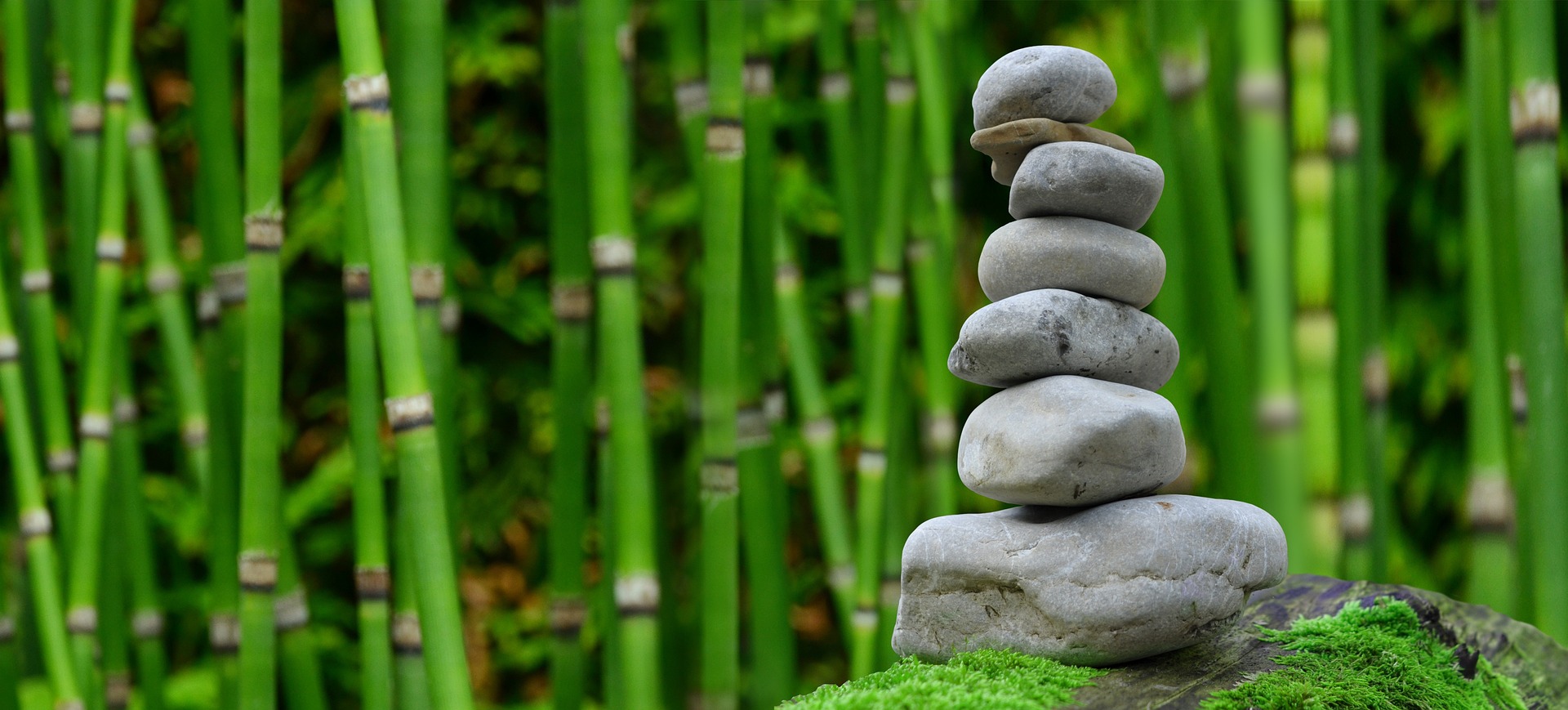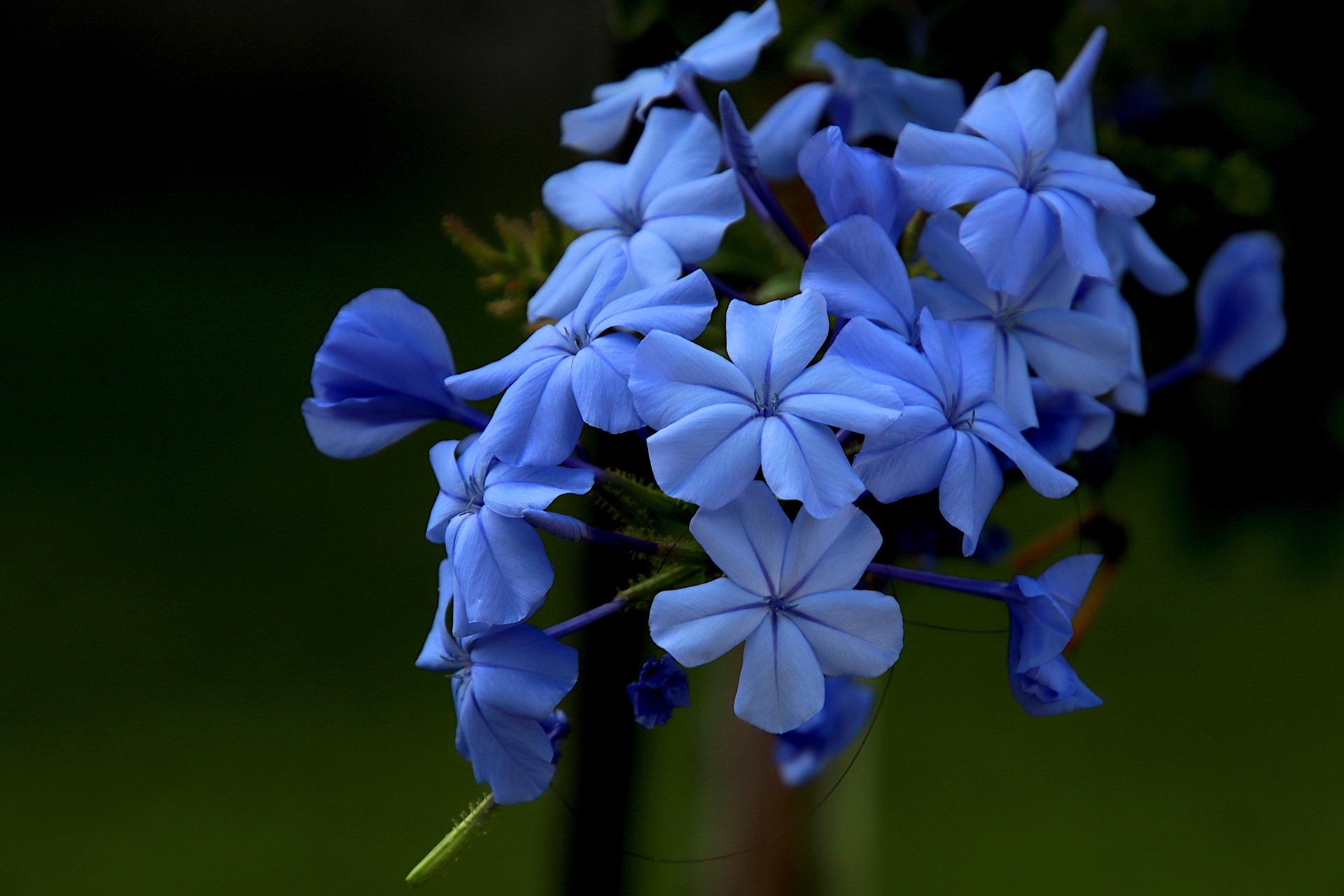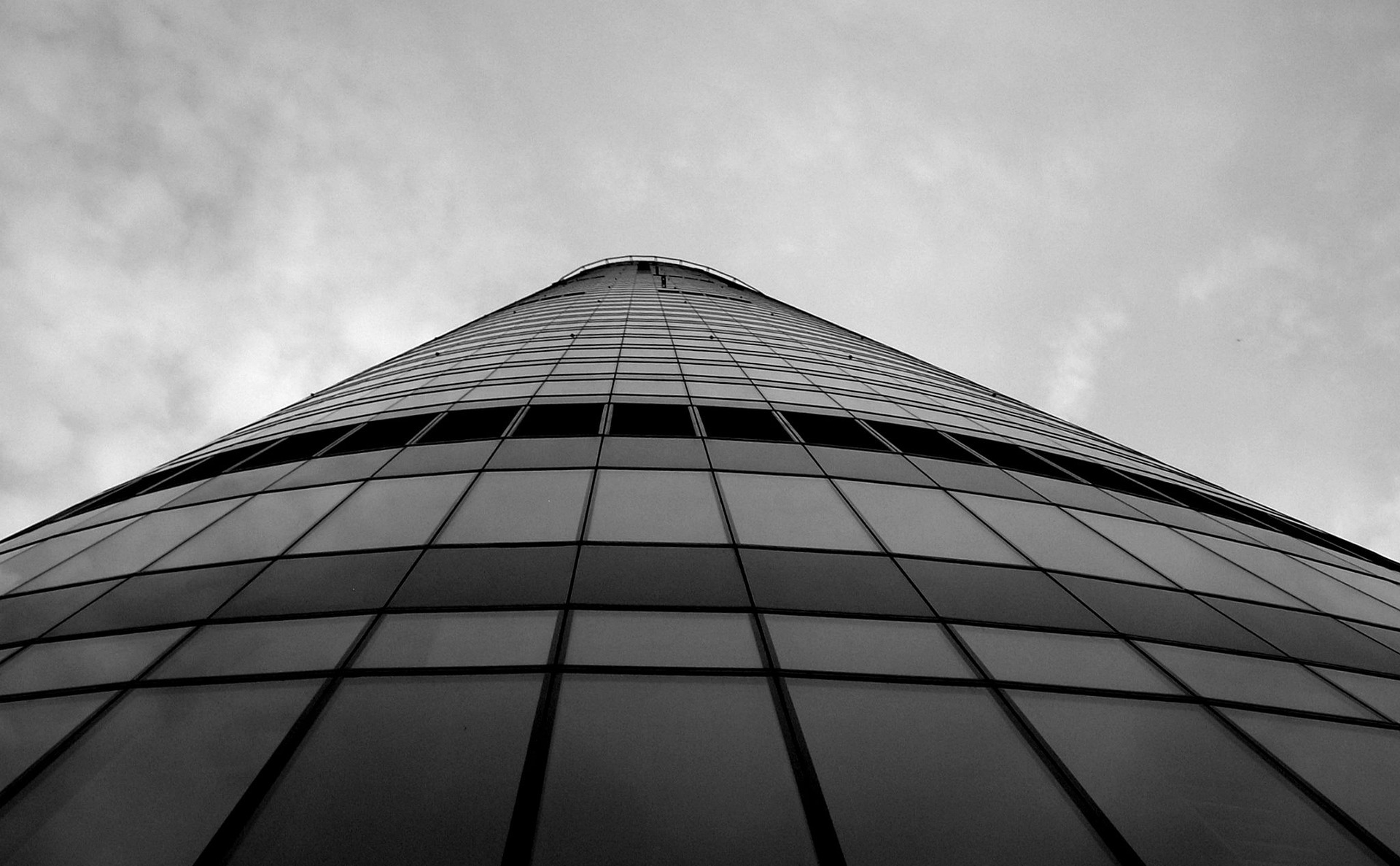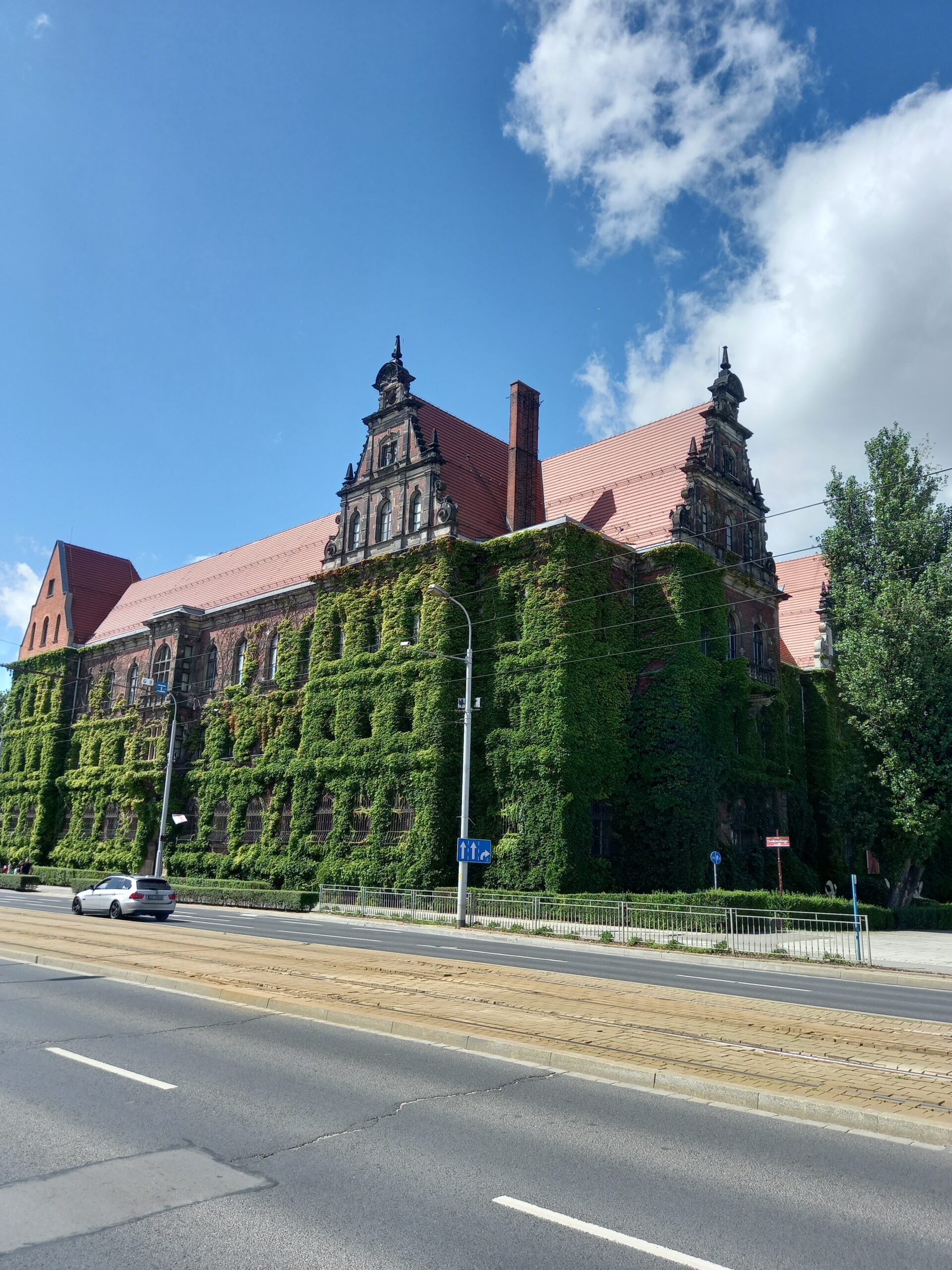Wrocław, a picturesque city in western Poland, is known for its stunning architecture, rich history, and vibrant cultural scene. Among its many attractions is the Japanese Garden, a beautifully designed and tranquil oasis within Szczytnicki Park that provides an ideal space for relaxation and contemplation. In this article, we’ll explore the garden’s history, its unique features, and why it’s a must-visit destination when you’re in Wrocław.
A Brief History of the Japanese Garden
The Japanese Garden in Wrocław dates back to 1913 when it was created as part of the World Expo, also known as the Centennial Exhibition. Designed by Count Fritz von Hochberg in collaboration with Japanese gardener Mankichi Arai, the garden was intended to showcase the beauty and harmony of Japanese landscape design. Over the years, it has been carefully maintained and restored, making it a cherished attraction for both locals and tourists alike.
Experiencing the Serenity and Beauty of the Japanese Garden
As you enter the Japanese Garden, you’ll be immediately struck by its peaceful atmosphere and exquisite design. The garden features a perfect blend of traditional Japanese elements, such as:
- Water features: The garden boasts an impressive pond, which is home to koi fish, water lilies, and other aquatic plants. A meandering stream, small waterfalls, and stone bridges further enhance the calming effect of the water.
- Stone arrangements: Strategically placed stones and rock formations add a sense of balance and harmony to the garden’s landscape. These stones, which are a crucial element in Japanese garden design, symbolize strength and endurance.
- Plants and trees: A variety of carefully selected plants, including Japanese maples, azaleas, and cherry blossoms, bring color and life to the garden. The meticulously pruned trees and shrubs create an atmosphere of tranquility and order.
- Tea house: The garden’s traditional Japanese tea house provides a quiet spot for visitors to relax and enjoy the serene surroundings. The tea house is also the venue for occasional tea ceremonies, showcasing the art of Japanese tea preparation and hospitality.
Events and Attractions at the Japanese Garden
While the garden is a perfect place for quiet reflection and relaxation, it also hosts a variety of events and activities throughout the year, including:
- Cherry Blossom Festival: Held in spring, this festival celebrates the blooming of the garden’s cherry blossom trees. Visitors can enjoy the breathtaking sight of these delicate blossoms while taking part in traditional Japanese cultural activities.
- Bonsai Exhibition: This annual event showcases the art of bonsai, the Japanese practice of cultivating miniature trees in small containers. The exhibition features a diverse selection of bonsai trees, demonstrations, and workshops for enthusiasts of all skill levels.
- Meditation and Yoga: Throughout the year, the Japanese Garden offers meditation and yoga sessions, providing visitors with the opportunity to engage in mindfulness practices in a serene and inspiring setting. These sessions are open to individuals of all experience levels and are led by experienced instructors.
- Guided Tours: For those interested in learning more about the garden’s history and design, guided tours are available. These informative tours offer insights into the principles of Japanese garden design and the symbolism behind various elements of the garden.
Visiting the Japanese Garden: Practical Information
Before you plan your visit to the Japanese Garden in Wrocław, here are some practical details to keep in mind:
- Location: The garden is located within Szczytnicki Park, which is easily accessible by public transportation or on foot from the city center.
- Opening hours: The Japanese Garden is open daily from April to October. Opening hours may vary depending on the season, so it’s advisable to check the official website for the most up-to-date information.
- Admission fees: There is a small admission fee to enter the garden, which helps support its maintenance and preservation. Discounts are available for children, students, and seniors.
- Accessibility: The garden’s pathways are mostly flat and well-maintained, making it accessible for visitors with mobility difficulties. However, some areas may not be easily accessible for wheelchairs or strollers.
- Photography: Visitors are welcome to take photographs in the garden, but professional photographers are required to obtain a permit in advance.
Conclusion: Experience the Tranquility of the Japanese Garden in Wrocław
The Japanese Garden in Wrocław is a hidden gem that offers a tranquil retreat from the bustling city. With its stunning design, rich history, and peaceful atmosphere, it’s the perfect place to relax and find inspiration. Whether you’re interested in Japanese culture, horticulture, or simply seeking a serene space for contemplation, the Japanese Garden is a must-visit destination when you’re in Wrocław.







